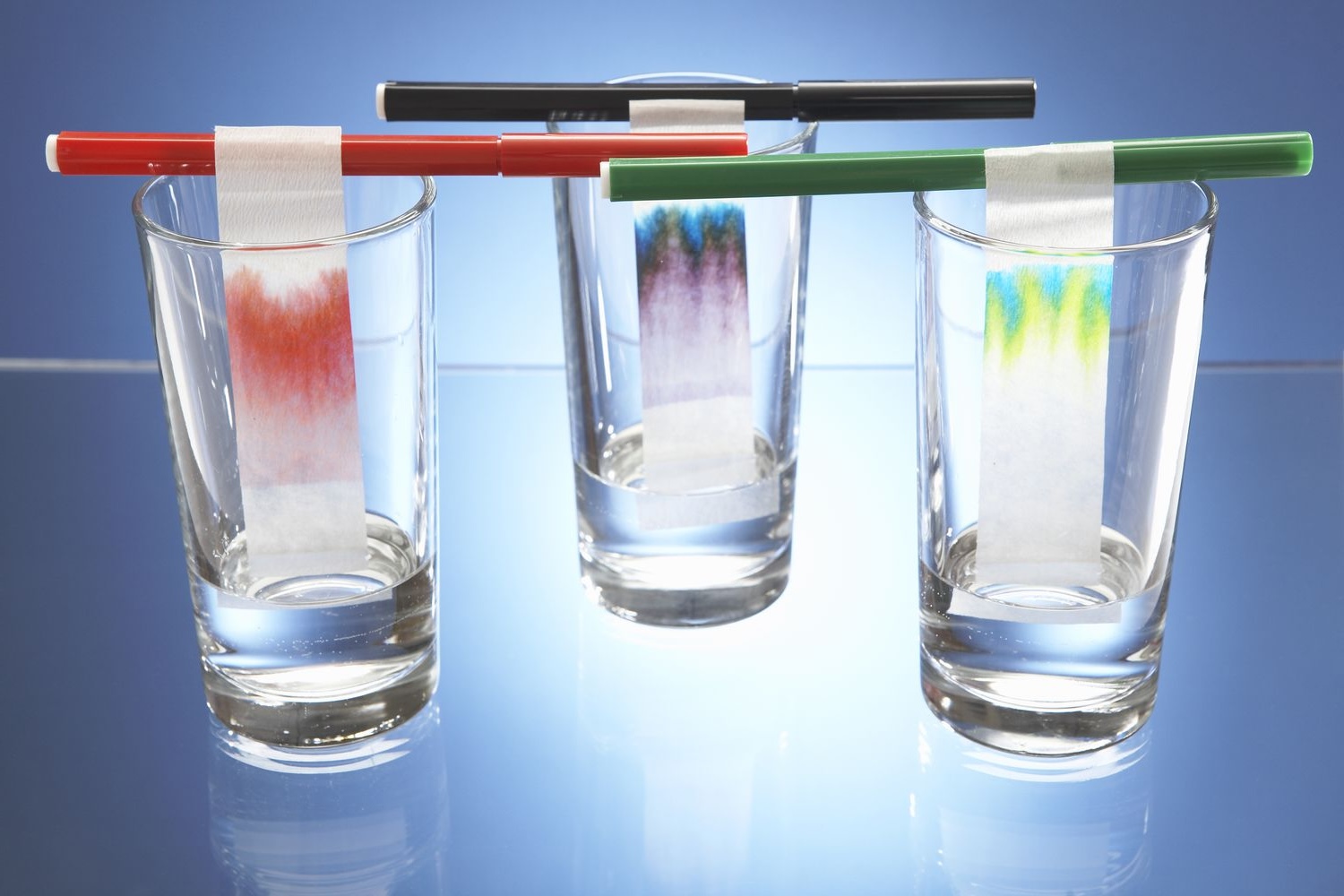
Capillaries are tiny blood vessels that play a crucial role in our circulatory system. They connect arteries to veins, facilitating the exchange of oxygen, nutrients, and waste products between blood and tissues. Did you know that if all the capillaries in a human body were laid end to end, they would stretch over 60,000 miles? That's enough to circle the Earth more than twice! These microscopic vessels are so small that red blood cells must pass through them in single file. Capillaries also help regulate body temperature by expanding or contracting to release or retain heat. Understanding these tiny vessels can give us a better appreciation of how our bodies function. Ready to learn more? Let's dive into 31 fascinating facts about capillaries!
Capillary Action: The Basics
Capillary action is a fascinating phenomenon that occurs when liquid moves through a narrow space without the assistance of external forces. This process is essential in various natural and man-made systems.
-
Capillary action is the movement of liquid along the surface of a solid caused by the attraction of molecules of the liquid to the molecules of the solid.
-
Surface tension plays a crucial role in capillary action, as it helps the liquid rise against gravity.
-
Adhesion is the force that causes the liquid to stick to the walls of the capillary tube.
-
Cohesion is the force that keeps the liquid molecules together, allowing them to move as a unit.
Everyday Examples of Capillary Action
Capillary action is not just a scientific concept; it can be observed in many everyday situations. Here are some common examples:
-
Paper towels absorb liquid through capillary action, making them effective for cleaning spills.
-
Plants rely on capillary action to transport water from their roots to their leaves.
-
Ink pens use capillary action to draw ink from the reservoir to the tip.
-
Sponges soak up water through capillary action, making them useful for cleaning.
Capillary Action in Nature
Nature is full of instances where capillary action plays a vital role. These natural processes are essential for the survival of many organisms.
-
Trees use capillary action to move water and nutrients from the soil to their leaves.
-
Soil retains moisture through capillary action, which is crucial for plant growth.
-
Insects like mosquitoes use capillary action to draw blood through their proboscis.
-
Spider webs can absorb water through capillary action, helping spiders stay hydrated.
Capillary Action in Science and Technology
Capillary action is also utilized in various scientific and technological applications. These innovations have practical benefits in multiple fields.
-
Chromatography is a technique that separates mixtures using capillary action.
-
Microfluidics involves the manipulation of small amounts of liquid through capillary action for medical diagnostics.
-
Fuel cells use capillary action to transport liquid fuel to the reaction site.
-
Heat pipes rely on capillary action to transfer heat efficiently in electronic devices.
Historical Discoveries and Studies
The study of capillary action has a rich history, with many scientists contributing to our understanding of this phenomenon.
-
Leonardo da Vinci was one of the first to observe capillary action in the 15th century.
-
Isaac Newton studied capillary action and its relation to surface tension.
-
Thomas Young and Pierre-Simon Laplace developed the Young-Laplace equation, which describes capillary pressure.
-
Henry Darcy formulated Darcy's law, which explains fluid flow through porous media, including capillary action.
Fun and Surprising Facts
Capillary action has some fun and surprising aspects that might not be immediately obvious. These facts highlight the versatility and importance of this phenomenon.
-
Candles burn because capillary action draws melted wax up the wick.
-
Paintbrushes hold paint through capillary action between the bristles.
-
Butterflies use capillary action to drink nectar through their proboscis.
-
Capillary tubes are used in thermometers to measure temperature accurately.
Capillary Action in Art and Culture
Capillary action has even found its way into art and culture, influencing various creative expressions.
-
Watercolor painting relies on capillary action to spread paint across the paper.
-
Tie-dye techniques use capillary action to create unique patterns on fabric.
-
Calligraphy pens utilize capillary action to deliver ink smoothly.
-
Stained glass artists use capillary action to apply liquid lead between glass pieces.
Capillary Action in Everyday Life
Capillary action is a part of many daily activities, often going unnoticed but playing a crucial role.
-
Coffee filters use capillary action to separate coffee grounds from liquid.
-
Lip balm sticks to lips through capillary action, providing moisture.
-
Medical bandages absorb blood and other fluids through capillary action, aiding in wound healing.
The Final Word on Capillaries
Capillaries, those tiny blood vessels, play a huge role in our bodies. They connect arteries and veins, ensuring oxygen and nutrients reach every cell. Without them, our organs wouldn't function properly. These vessels also help remove waste products, keeping our systems clean.
Understanding capillaries can give us insight into how our bodies work and why maintaining good health is crucial. Regular exercise, a balanced diet, and staying hydrated can keep these vessels in top shape.
Next time you think about your health, remember those tiny capillaries working tirelessly. They might be small, but their impact is massive. So, take care of your body, and your capillaries will take care of you.
Was this page helpful?
Our commitment to delivering trustworthy and engaging content is at the heart of what we do. Each fact on our site is contributed by real users like you, bringing a wealth of diverse insights and information. To ensure the highest standards of accuracy and reliability, our dedicated editors meticulously review each submission. This process guarantees that the facts we share are not only fascinating but also credible. Trust in our commitment to quality and authenticity as you explore and learn with us.
